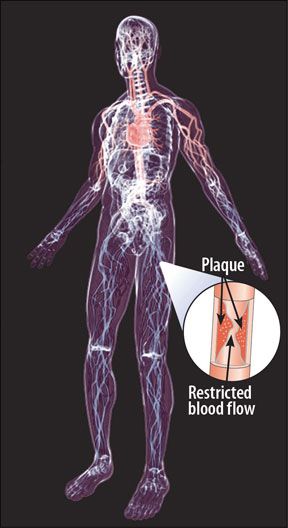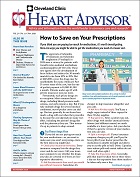Healthy peripheral arteries are smooth and unobstructed, allowing blood to flow freely to the legs and provide oxygen, glucose, and other nutrients to the lower extremities. As people age, plaque can build up in these blood vessels, which narrows the passageway within the arteries and causes them to become stiff. Peripheral arterial disease (PAD) occurs when the peripheral arteries become too narrow or obstructed and blood flow to the legs is limited. Left untreated, PAD can cause pain and difficulty with walking (called claudication) and can lead to limb loss in its most severe form. People with PAD may also be more likely to suffer a heart attack and stroke.
To continue reading this article or issue you must be a paid subscriber.
Sign in






